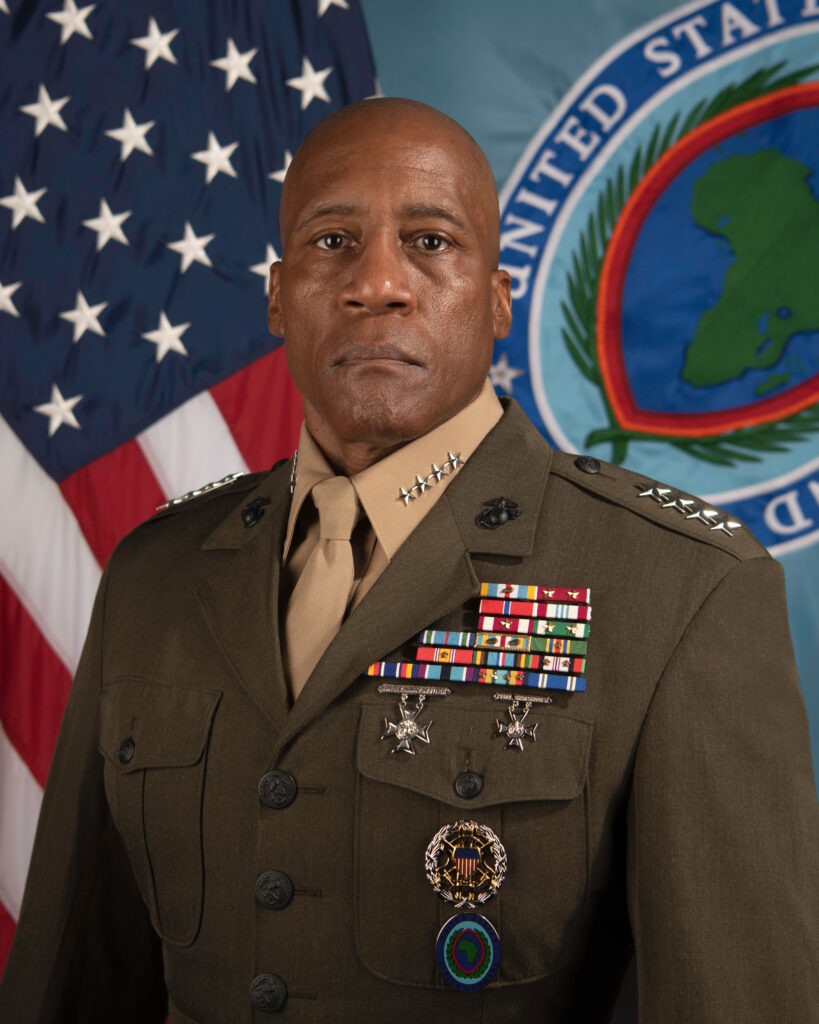Joint Task Forces (JTFs) are specialized military units composed of personnel from different branches of the armed forces who come together to achieve specific missions. These forces are highly trained and integrated entities that combine the expertise, equipment, and capabilities of multiple military branches. The main goal of JTFs is to enhance coordination and cooperation among different branches to effectively address complex national security challenges. This article explores how JTFs are formed, their role in promoting global security, and the advantages they provide in military operations. By bringing together personnel from different branches, JTFs are able to access a broader range of expertise and perspectives, enabling them to adapt and respond effectively to dynamic and multi-faceted challenges. JTFs also benefit from enhanced communication and coordination mechanisms, leading to improved operational effectiveness and better mission success. Overall, JTFs are essential in maintaining peace and stability in an ever-changing world.
Introduction
Joint Task Forces (JTFs) are specialized military units composed of personnel from different branches of the armed forces who come together to achieve specific missions. These forces are highly trained and integrated entities that combine the expertise, equipment, and capabilities of multiple military branches. The main goal of JTFs is to enhance coordination and cooperation among different branches to effectively address complex national security challenges. This article will explore how JTFs are formed, their role in promoting global security, and the advantages they provide in military operations.
Formation of Joint Task Forces
The formation of JTFs begins with a comprehensive analysis of the mission requirements. Once a specific mission or operation is identified as requiring the involvement of multiple military branches, a JTF is established. Typically, a joint task force is led by a senior officer from one of the participating branches, known as the Joint Task Force Commander (JFC). The JFC is responsible for the overall planning, organizing, and execution of the mission, ensuring effective communication and coordination among all participating branches.
Personnel from various military branches, such as the Army, Navy, Air Force, and Marines, are carefully selected based on their expertise and the specific requirements of the mission. The JTF is then organized into specialized units, each with its own roles and responsibilities, such as intelligence, logistics, communications, and combat operations. Through this structure, JTFs are able to harness the different capabilities and strengths of each branch, creating a unified force that can accomplish complex tasks.
Role in Promoting Global Security
JTFs play a pivotal role in promoting global security by effectively addressing complex and evolving threats. In an increasingly interconnected world, military operations often require not only specialized skills but also a comprehensive understanding of the political, economic, and social contexts in which they occur. By bringing together personnel from different branches, JTFs are able to access a broader range of expertise and perspectives, enabling them to adapt and respond effectively to dynamic and multi-faceted challenges.
Additionally, JTFs are often deployed in international peacekeeping missions, disaster relief efforts, counter-terrorism operations, and other critical functions. Their ability to rapidly mobilize and integrate diverse military capabilities allows JTFs to provide a rapid and effective response to security crises. Moreover, the presence of JTFs often serves as a deterrent, showing the strong commitment and capability of the international community to maintain peace and stability.
Advantages of Joint Task Forces
One of the primary advantages of JTFs is the synergy that comes from the integration of different military branches. The unique capabilities of each branch complement one another and provide a force that is greater than the sum of its parts. For example, while the Air Force may provide aerial reconnaissance and air support, the Marines can contribute ground combat expertise, while the Navy supplies maritime security measures.
JTFs also benefit from enhanced communication and coordination mechanisms. By promoting interoperability among different branches, JTFs streamline decision-making processes, facilitate the exchange of information, and enable efficient deployment of resources. This leads to improved operational effectiveness and better utilization of assets, ultimately enhancing mission success.
Moreover, JTFs facilitate inter-service training and collaboration, fostering a culture of mutual understanding and respect among personnel from different branches. This joint experience enhances the ability of military personnel to work together seamlessly, even in situations where time is of the essence and coordination is critical.
Conclusion
Joint Task Forces are essential components in today’s global security landscape. Combining the strengths and capabilities of different branches of the military, JTFs provide a highly adaptable and coordinated force capable of tackling complex threats. Their ability to integrate diverse expertise, accelerate decision-making, and effectively respond to a variety of security challenges makes JTFs a valuable tool for maintaining peace and stability in an ever-changing world.
